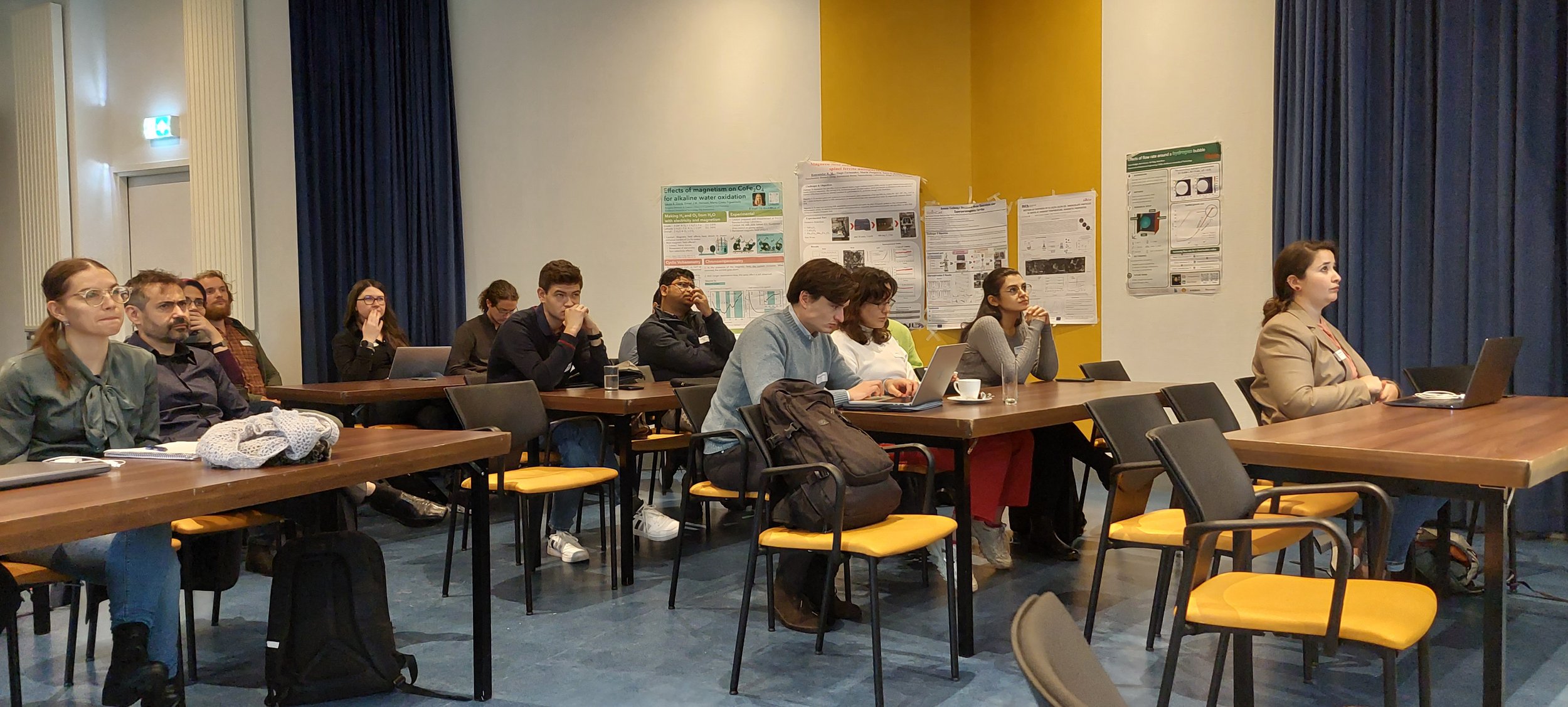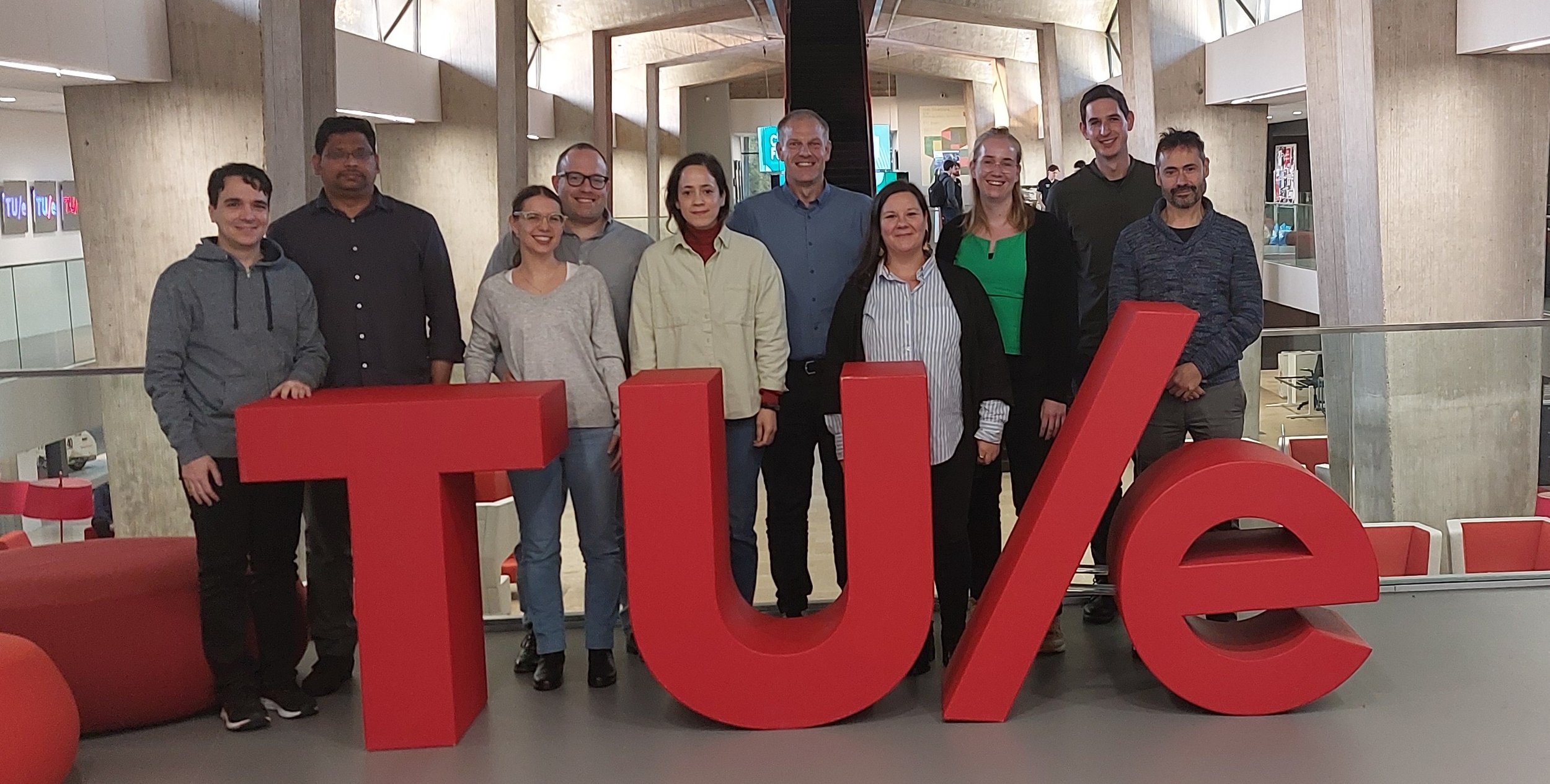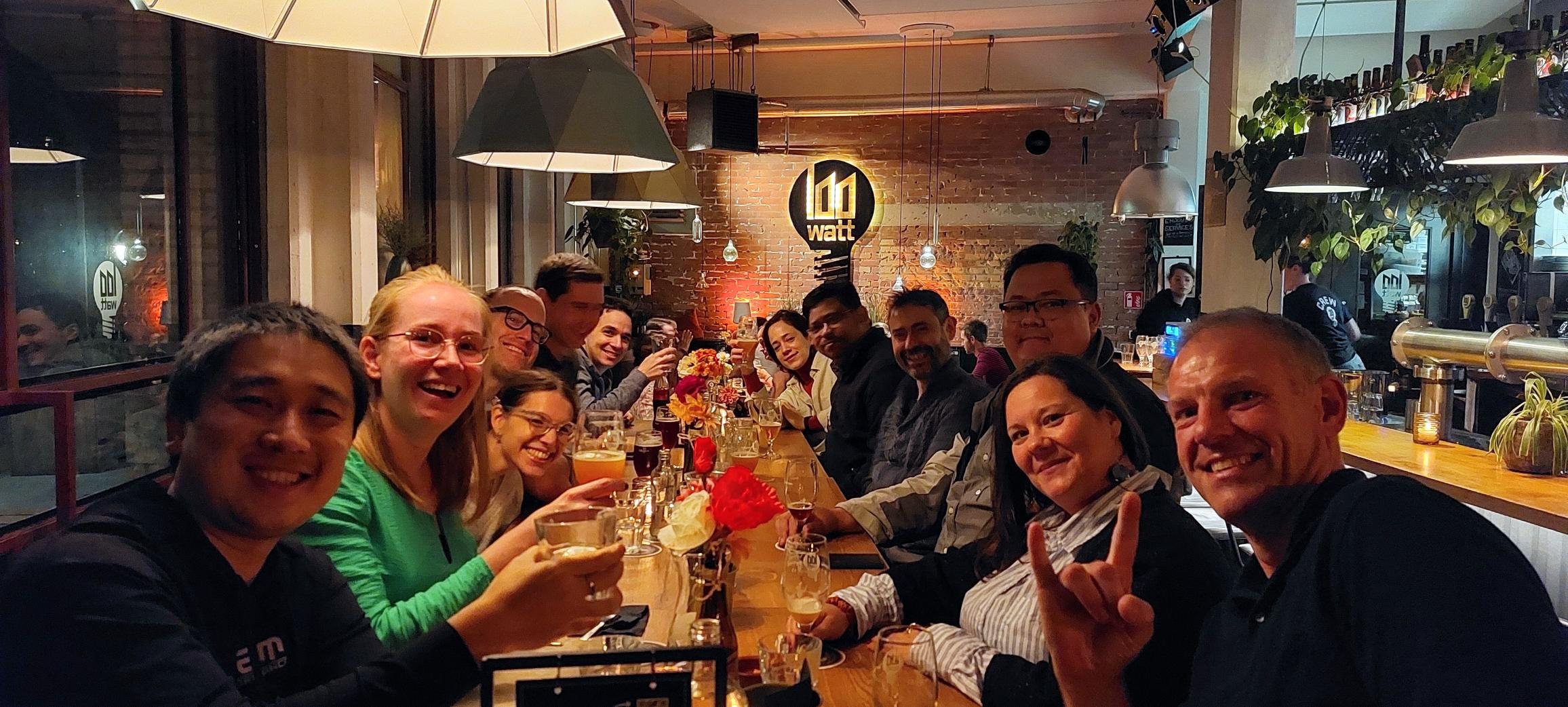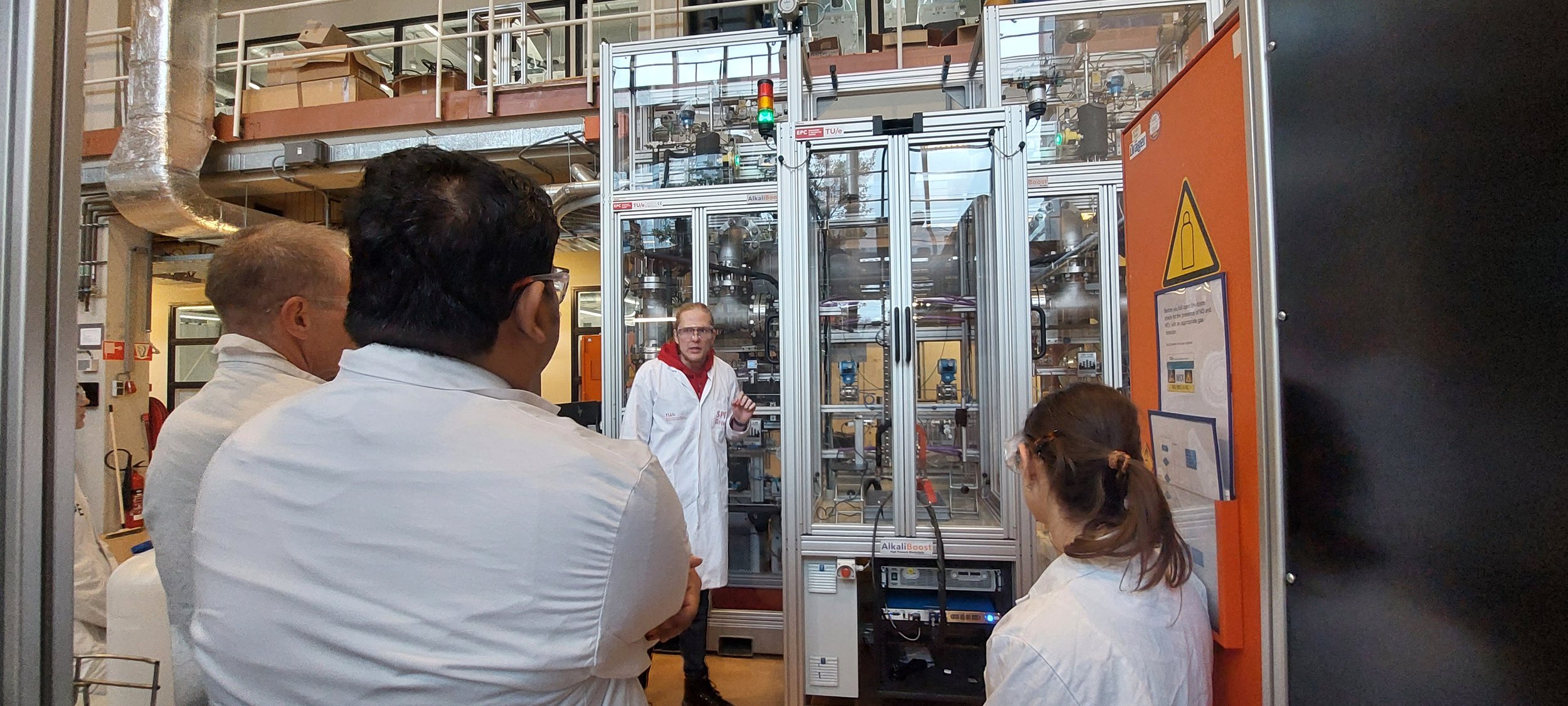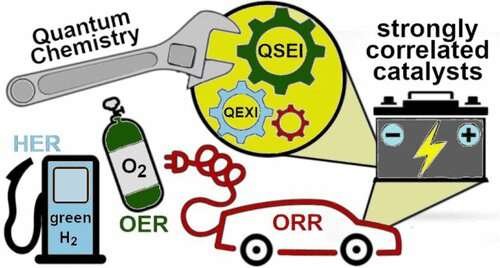The SpinCat consortium recently hosted a two-day hybrid workshop (April 8-9, 2025) at the International Iberian Nanotechnology Laboratory (INL) titled “Anion Exchange Membrane Water Electrolysis – Where Are We Today?” The event brought together researchers, engineers, and industry representatives to share insights and exchange ideas on advancing AEM water electrolysis technology.
A Shared Focus on Green Hydrogen
The workshop offered a timely opportunity to explore how AEM electrolysis fits into the broader effort to enable clean hydrogen production. With participants joining both in-person and online, the event served as a platform to examine the current landscape of AEM technologies, identify technical and industrial challenges, and discuss future directions for research and deployment.
Talks That Bridged Science and Application
The programme included a wide range of keynote lectures and spotlight talks. Topics covered include recent advances in catalyst development, membrane design, and system integration, as well as broader perspectives on EU policy, modelling techniques, and testing infrastructure. Speakers from universities, research institutes, and companies worldwide highlighted the field's international scope.
Panel discussions provided space for deeper dialogue around collaboration, industrial translation, and the role of interdisciplinary partnerships in building scalable solutions.
Connecting People and Ideas
Beyond the formal sessions, the workshop created space for informal exchange. Coffee breaks, shared meals, and an evening reception featuring live Fado music encouraged networking in a relaxed setting. A tour of INL’s research facilities gave attendees a closer look at ongoing nanotechnology and materials science work.
Looking Ahead
The workshop concluded with reflections on strengthening the links between academia and industry and supporting the growing AEM ecosystem. It offered a clear message: by bringing people together across disciplines and sectors, progress in sustainable hydrogen technologies can be accelerated.
The event was part of the SpinCat consortium’s broader commitment to fostering knowledge exchange and driving innovation in clean energy.












